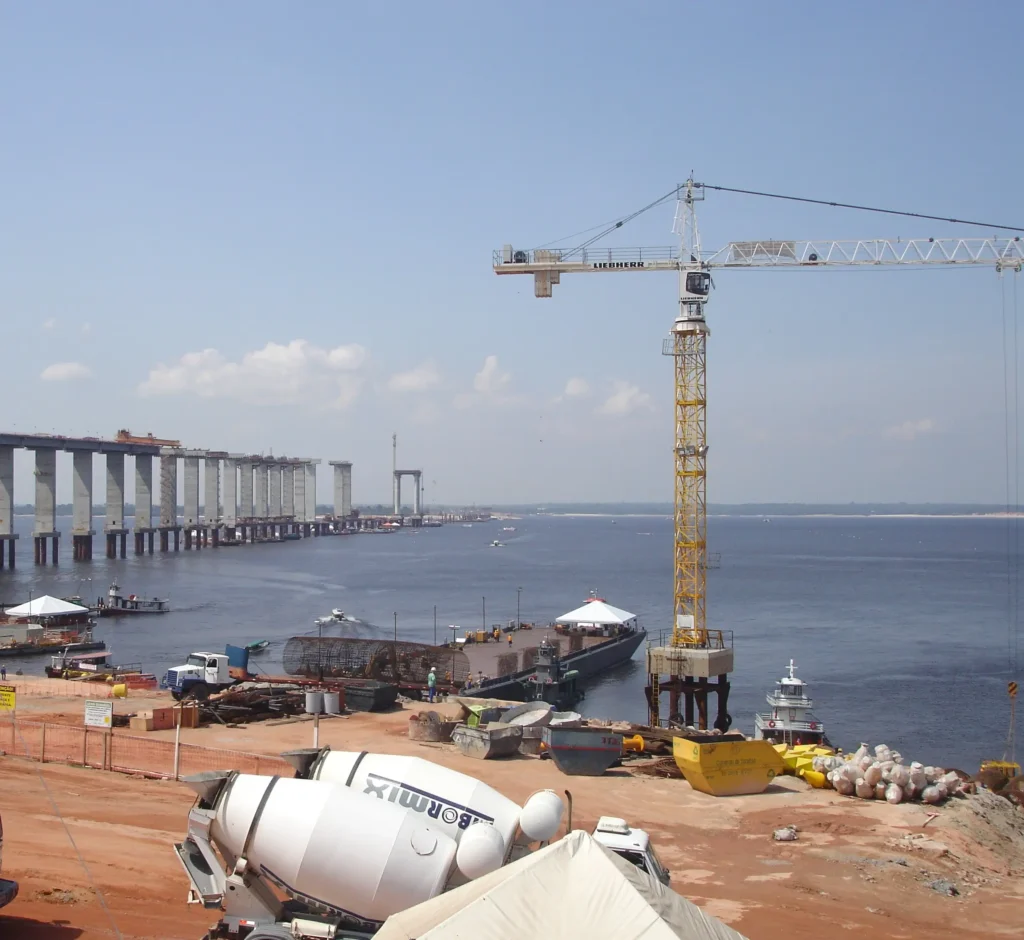One of the areas of application for large-diameter piles, diaphragm walls, rock-embedded piles, and root piles is in marine and river works.
For the construction of docks, moorings, bridges, etc., FUNDESP has special equipment that can be quickly adapted to any requirement or type of project: vibratory hammers, casing oscillators, and drilling rigs for both soil and rock.
With the aim of providing new fast and safe alternatives for the construction of foundations in maritime and riverine works, such as water intakes, bridges, offshore platforms, docks, etc., FUNDESP has successfully developed the following construction processes.
Maritime and river works offer several important advantages. Some of them include:
Transport and Trade: These works facilitate navigation and the transportation of people and goods, enabling global trade and economic development. Ports, docks, and canals are built to accommodate ships and vessels, making it possible for efficient transportation of large-scale cargo.
Flood Control: Hydraulic works, such as dams and dikes, are built to control the flow of water in rivers and prevent flooding. These structures help protect inhabited areas, avoiding property damage, loss of lives, and negative economic impacts.
Coastal Protection: In coastal areas prone to erosion and wave action, structures such as breakwaters, protective dikes, and artificial reefs are built to protect the coastline. This preserves beaches, recreational areas, natural habitats, and infrastructure near the coast.
Hydropower: Structures such as dams and hydroelectric power plants are built in rivers to harness the energy potential of moving water. These structures generate electricity in a clean and renewable manner, contributing to the production of sustainable energy.
